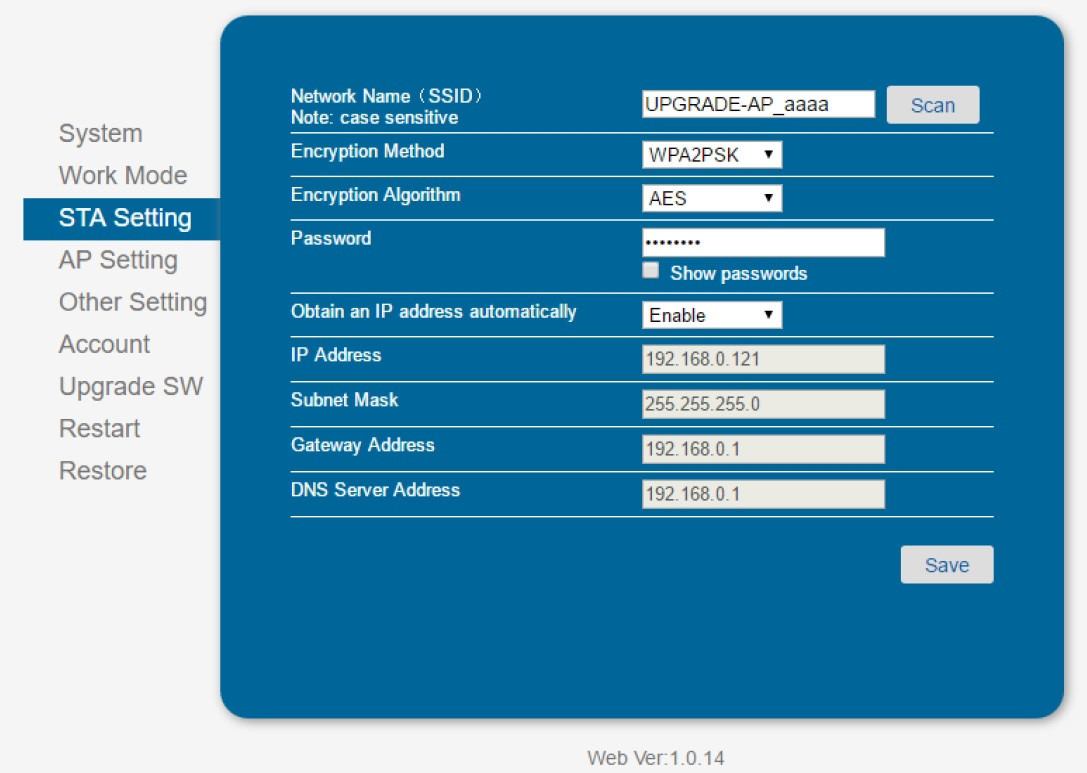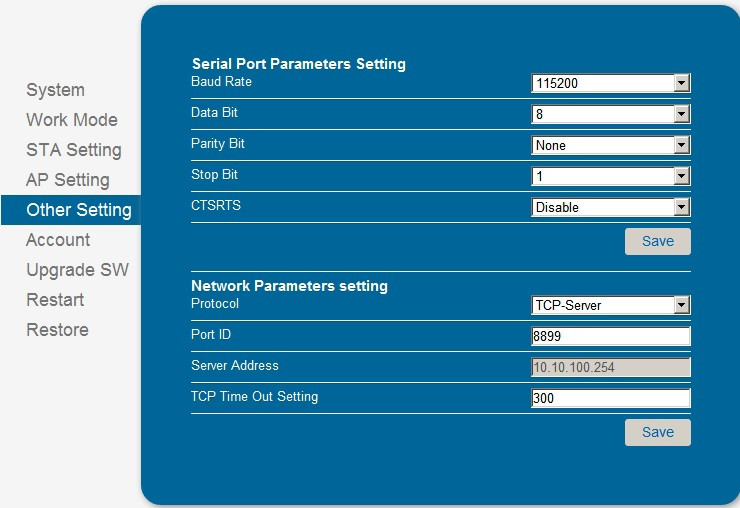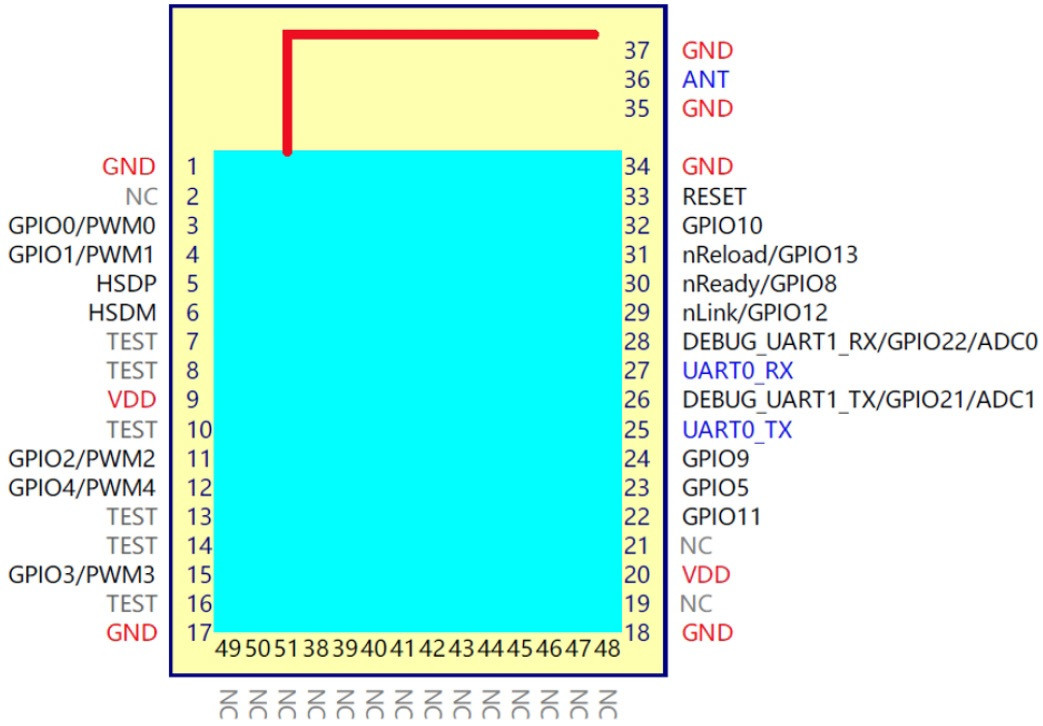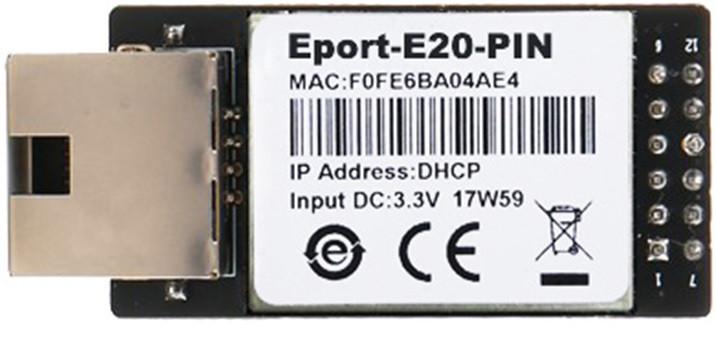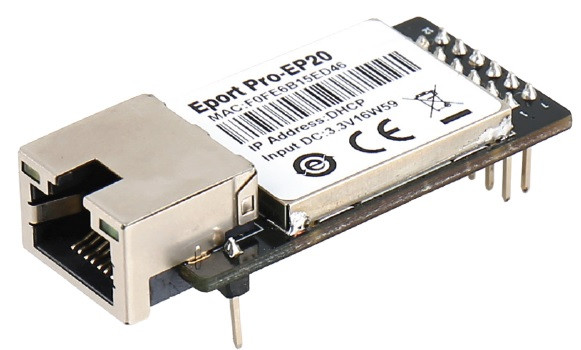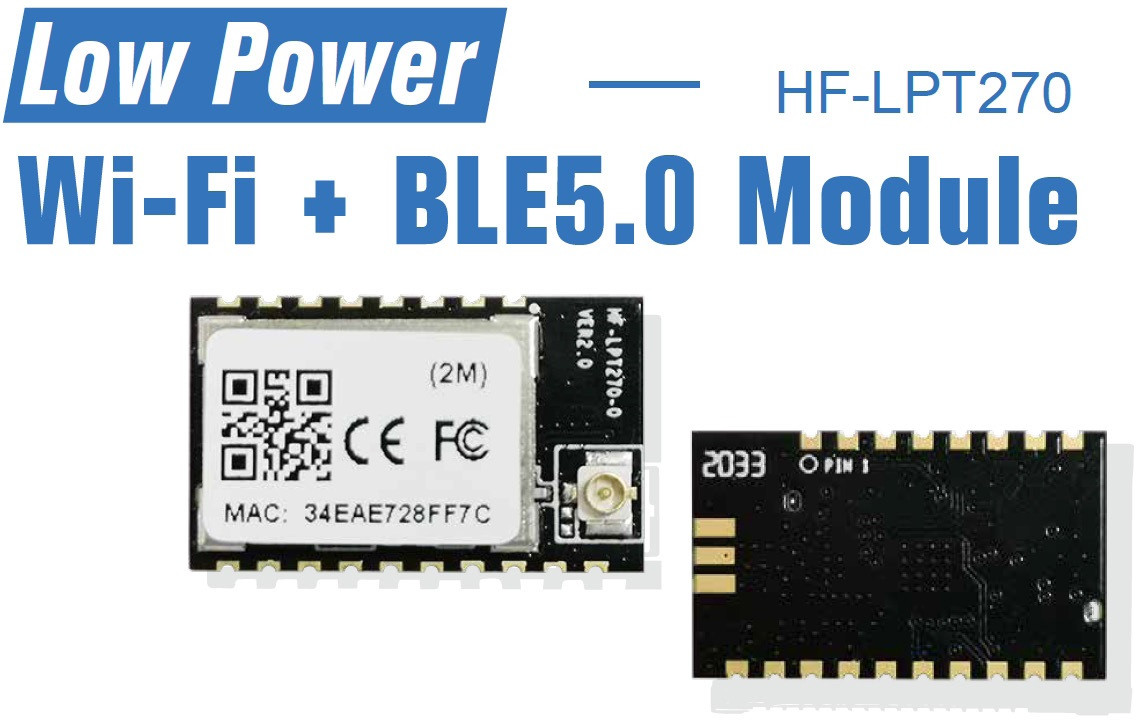High Flying modules offered by Micros
 |
|
|
Micros is an authorized distributor of HighFlying’s products. These are primarily specialized communication modules intended for many uses in the Internet of Things (IoT). Low Power Wi-Fi modulesHighFlying specializes in the production of communication modules. A wide range of these products is available from Micros (specially the miniature HF-LPx30 series modules). These are stand-alone Wi-Fi interfaces working in the 2.4 GHz band, supporting 802.11 b/g/n standards, optimized for low energy consumption. This category includes the following modules: HF-LPB130, HF-LPT130A, HF-LPT130B, HF-LPB135, HF-LPT230 and HF-LPT330. Small dimensions and reduced energy consumption makes the modules ideal for use in home automation, sensors and power network meters, as well as mobile devices and medical devices. All modules are shown in Photo 1. They differ in the number of pins, method of mounting, dimensions and antenna type (integrated on the module board and/or IPEX connector for an external antenna). Primary control interface is UART and it is present in all of the presented devices (in addition there are optional GPIO ports shared with the SPI interface and one input connected to the ADC converter). The HF-LPB130 module also has a USB interface. The exact specification of the modules is available on the website- https://bit.ly/3e5W3Wd. The HF-LPX30 modules can be configured both as a wireless STA (Station- terminal that connects to a wireless network) and an AP access point (wireless Access Point, the creator of a wireless network, a router that we use at home/office, may be also an access point). The UART serial port for data transfer is in the Transparent Transmission Mode. The advantage of this mode is that it functions as an plug and play device and minimizes complexity therefore user involvement is minimal. It needs only to configure the necessary parameters once, then the module can automatically connect to the default wireless network or server. The Transparent Transmission Mode a wireless connection to act like a virtual serial cable ( you can send and receive data as you were using physical connection). Devices communicating via standard serial interface can be connected directly to the module without any modifications without altering the original software. Additionaly, the modules ensure encryption of communication, thanks to which communication and transmitted data are safe. All currently used standards are supported: WEP, WPA and WPA2. You can configure the module through AT commands or through the built-in graphic interface, that acts like a website. Dual-band Wi-Fi moduleThe HF-LPD100 module is a stand-alone Wi-Fi module that is capable of transmission through two radio bands: 2.4 and 5 GHz, and also supports the 802.11 a/b/g/n standards (Photo 2.). This small module integrates a radio block with a power amplifier, and microprocessor that supports the network stack and control software. Like the previous modules, it is based on low energy architecture. It has been optimized for use in all kinds of applications, home automation, smart networks, mobile devices, personal medical applications, industrial controllers, and other systems that do not require higher transmission rates and rarely transmit or receive data.
The basic features and parameters :
Photo 3. shows the layout and functions of the module pins. It is equipped with two UART ports, several GPIO pins with the ability to work in PWM mode and a USB interface. Ethernet network modules with UART interface
The models presented here: Eport-E20 and Eport PRO-EP20, are used for bi-directional data transmission between the UART port and the Ethernet port. Both modules will be good options in such areas as: telemetry and resource management, industrial sensors, medical devices, modems, telecommunications equipment etc. The Eport-E20 converter (Photo 4.) has a processor with an ARM Cortex-M3 core, clocked at 96 MHz and a built-in Flash memory with a capacity of 2 MB and a SDRAM with a capacity of 128 kB. It is managed by the FreeRTOS operating system. Network communication is taken care of by the Ethernet 10/100M interface. The module supports TCP/IP, Telnet, Modbus, security protocols TLS, AES, DES3 and many others. The maximum serial port speed is 921,600 bps. The module enables simple configuration via the website and OTA update. The module operates at 3.3 V and the external dimensions are 50×23×11mm. The module is FCC, CE and RoHS certified. The Eport PRO-EP20 converter (Photo 5.) has a MIPS processor clocked at 320 MHz. It has a built-in Flash memory of 16 MB and 32 MB of SDRAM. It is managed by the Linux operating system. Like in the basic version, communication with the network is via the Ethernet 10/100M interface. The module supports TCP/IP, Telnet, Modbus and security protocols like; SSL, AES, DES3 etc. The maximum serial port speed is 460800 bps. The module enables simple configuration via the website and OTA update. The supply voltage is 3.3 V, and the dimensions are 50×23×11 mm. The module is FCC, CE, RoHS certified. Soon, a new HF-LPT270 module will be introduced to our offer (Photo 6.). It enables communication via the Wi-Fi and BLE5.0 standard, control and data exchange takes place via the UART interface. The most important features and parameters:
The ease of configuration is noteworthy. The user connects via a wireless Wi-Fi interface with the module acting as an access point. By entering the default settings (in this case the SSID: HF-LPT270) and then connecting to the address http://10.10.100.254 and entering the default username and password (admin, admin), we open an extensive configuration menu in the form of a website (Photo 7.) . New settings are saved in the non-volatile memory and loaded each time the module is booted. The firmware and the internal website can be updated and customized in similar way. Communication via the UART interface takes place through a set of AT commands, which are described in the documentation available on the following website https://bit.ly/2TxOb6e.
Photo 7. Appearance of the interface for configuring the module Source: Elektronika Praktyczna 11/2020, s. 64-66 |
Photo 1. HF-LPx30 Series Wi-Fi Modules
Photo 2. Dual-band module type HF-LPD100
Photo 3. Layout and pinout of HF-LPD100 type module
Photo.4 Eport-E20 converter
Photo 5. Eport PRO-EP20 converter
Photo 6. Module type HF-LPT270
|
| We invite you to familiarize yourself with the full offer of High Flying modules: CLICK HERE | |

